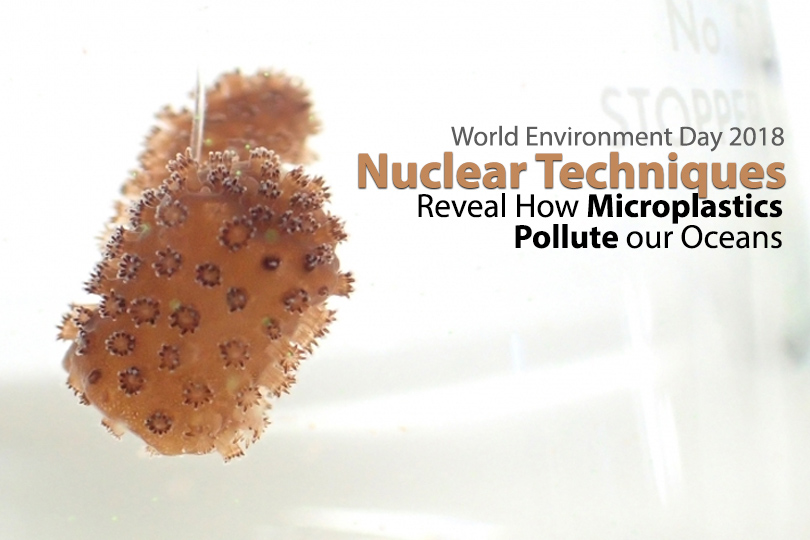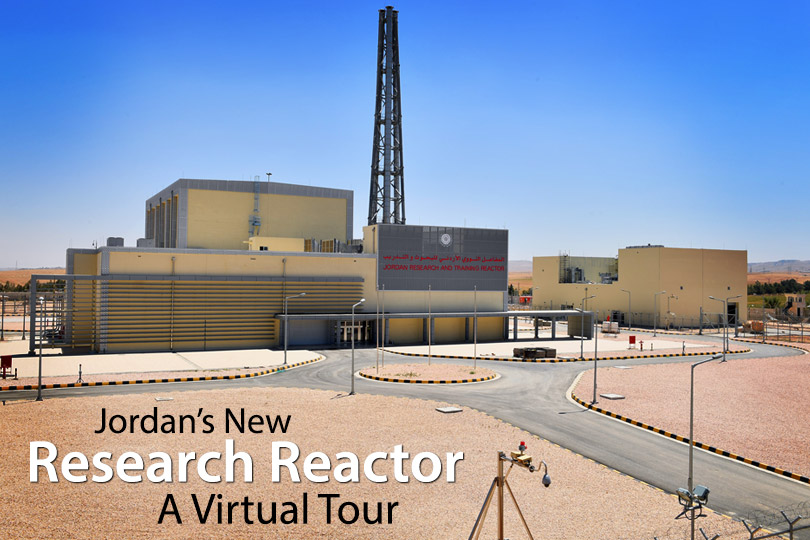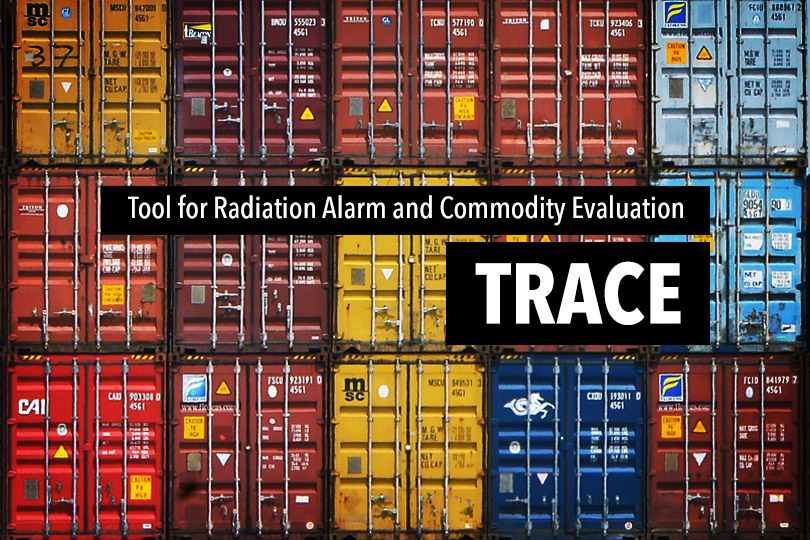Photo Essays
Día Mundial del Medio Ambiente 2018: Las técnicas nucleares revelan cómo los microplásticos contaminan nuestros océanos (en inglés)
While the visible impact of large plastic debris on marine environments has been well documented, the potential harm caused by microplastics is much less clear
Journée mondiale de l'environnement 2018 : des techniques nucléaires donnent de nouveaux éléments sur la pollution des océans par les microplastiques (en anglais)
While the visible impact of large plastic debris on marine environments has been well documented, the potential harm caused by microplastics is much less clear
Helping Trade while Keeping Sri Lanka Secure: the IAEA’s Tool for Radiation Alarm and Commodity Evaluation (TRACE)
To catch smuggled nuclear material, and so reduce the risk of nuclear terrorism, authorities around the world have – over the last decades – installed more than 10 000 radiation portal monitors (RPMs) at borders and seaports.
Aider au commerce tout en préservant la sécurité de Sri Lanka : l’Outil d’évaluation des alarmes dues à des rayonnements et d’évaluation des produits (TRACE) de l’AIEA
Afin de mettre la main sur les matières nucléaires de contrebande et de réduire ainsi le risque de terrorisme nucléaire, des autorités dans le monde entier ont installé, au cours des dernières décennies, plus de 10 000 portiques de détection des rayonnements aux frontières et dans les ports maritimes.
- ‹ anterior
- 5 of 20
- siguiente ›




